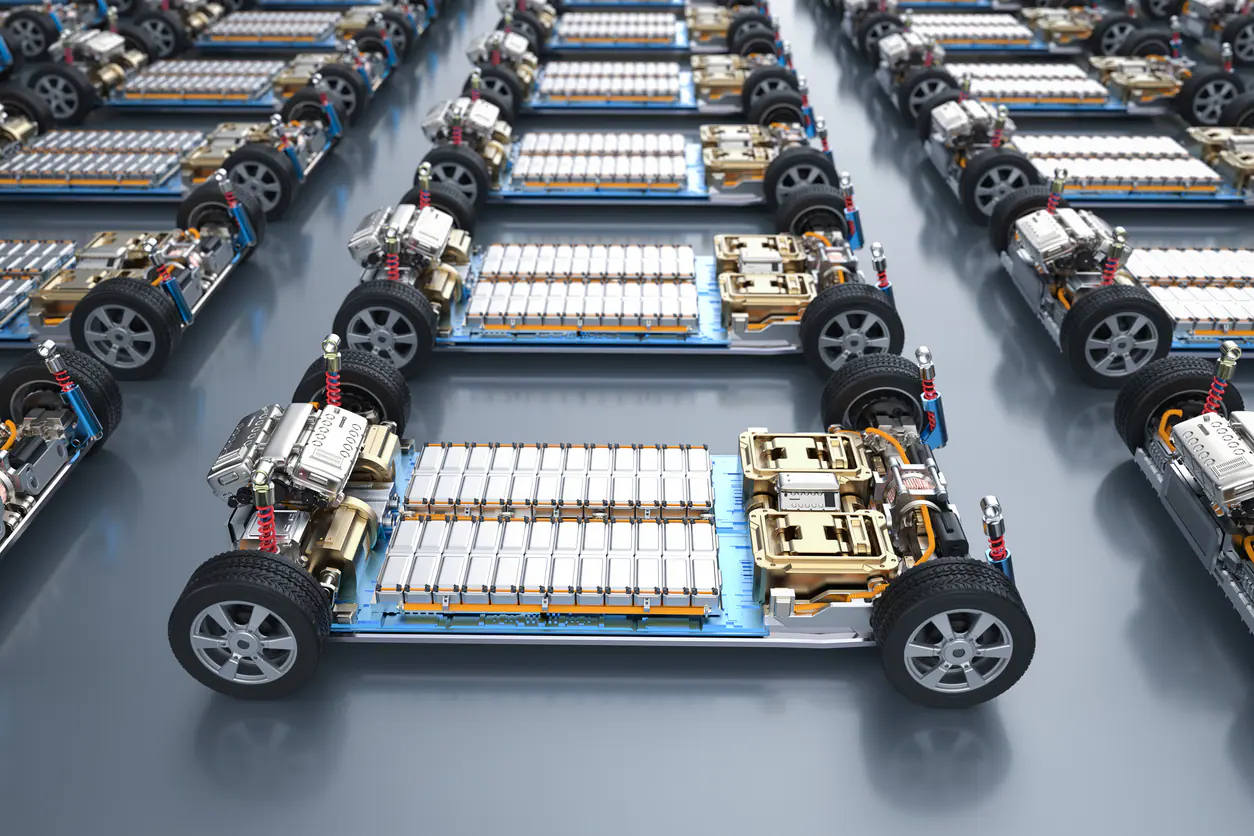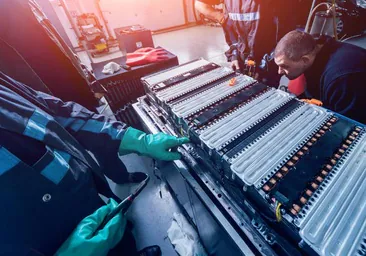They are creating a new material that doubles the performance of lithium batteries.

Wednesday, October 16, 2024 10:12 am
you need to be registered to access this feature.
An international investigation involving the Madrid Institute of Materials Science (ICMM-CSIC), dependent on the Ministry of Science, Innovation and Universities (MCIU), and researchers from the United Arab Emirates and India, discovered and developed the new material. this doubles the performance of commercial lithium-ion batteries. The discovery, published in the journal Angewandte Chemie International Edition, could be the key to the industrial development of electric vehicles and other electronic devices.
Lithium-ion batteries are by far the most used type of battery. However, they still present a number of challenges that need to be addressed, especially in relation to their performance, and this is where this work can chart the past and future: “Graphite has been the predominant material in lithium-ion battery anodes due to its stability and relatively low cost, but its capacity is limited,” explains José Ignacio Martinez, ICMM-CSIC researcher and one of the authors of the study.
The challenge was to develop a material “that would be more efficient than commercial graphite, while at the same time maintaining its characteristics of economic scalability and environmental friendliness,” adds Felipe Gándara, also an ICMM-CSIC researcher and author of the paper. .
To do this, the team turned to MOFs, a type of material that combines organic molecules with metals and has “highly versatile” porous structures that allow lithium ions to be stored. If this class of materials has not been used until now, it is because they have “relatively poor” characteristics, as well as “chemical instability” and difficulties for large-scale production, the researchers note.
They solved these two problems by combining them: they created a new type of organometallic material with iron and salicylic aldehyde (Fe-Tp) and, having demonstrated “remarkable performance as an anode material in lithium batteries,” they incorporated graphite. Thus, they preserve the properties of the MOF (its capacity), avoid its problems (stability) and, in addition, double the capacity of the graphite, that is, the battery performance.
This MOF is composed of pores of varying sizes (hierarchical porosity) that allow lithium ions to easily move through space during cycles within the battery. Not only that: “After 500 charging and discharging cycles at a constant rate, the material retained 89% of its cyclic stability, highlighting its durability and potential for long-term use,” emphasize the researchers, who claim that this improvement positions its material “as an excellent enhancer of a commercial anode material, suggesting that it can be easily integrated into modern technologies without the need to completely replace the graphite.”
Technological development
This discovery has important implications for the future development of high-performance lithium-ion batteries: “The ability to significantly improve the capacity of a lithium battery with a cost-effective and scalable additive such as Fe-Tp opens the door to more efficient batteries than “They can last longer.” longer and provide greater autonomy for electric devices and vehicles,” says Martinez.
“In addition, the environmental friendliness of this new material and the possibility of its large-scale production represent an important step forward for energy storage industries that are looking for sustainable and cost-effective solutions,” adds Gándara.

Both researchers say the discovery will lead to progress toward a new generation of lithium-ion batteries that “will not only be more powerful, but also safer and more affordable, which could radically change the global energy storage market in the United States.” “the coming years.”